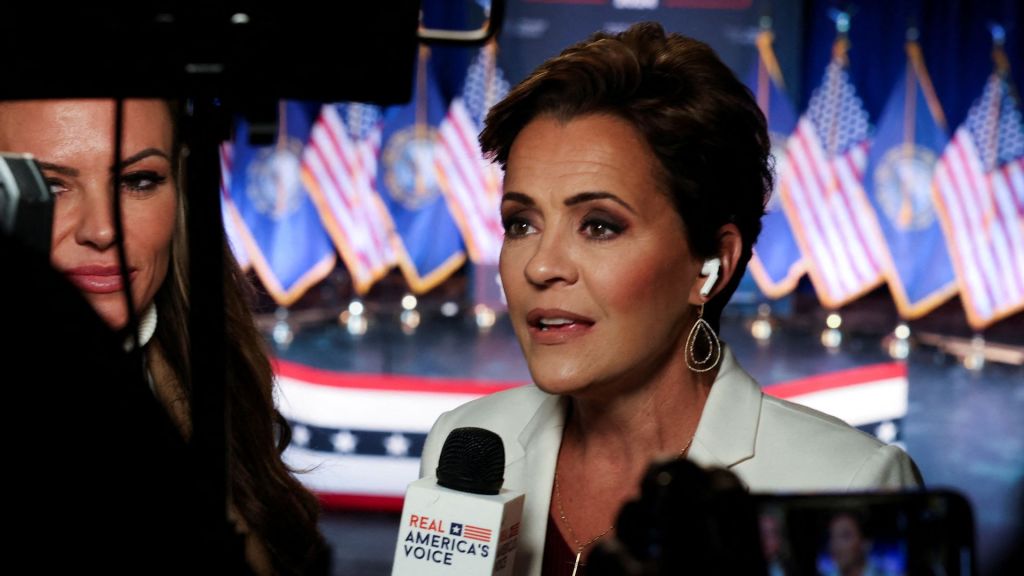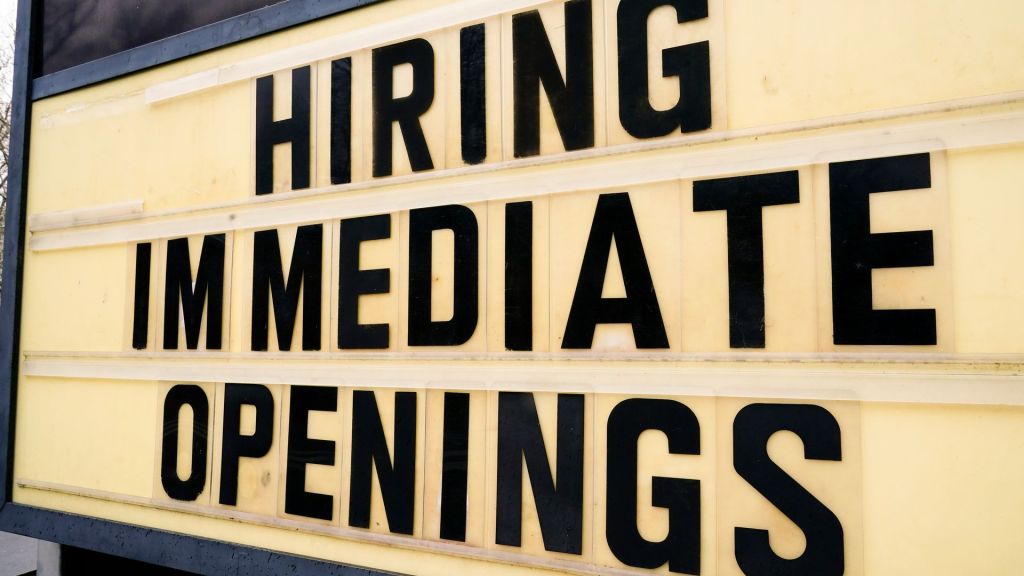Commentary
-
Our commentary partners will help you reach your own conclusions on complex topics.
A year ago, the world watched, stunned, during the disastrous withdrawal of US troops from Afghanistan. The initiative, which started with the Trump Administration’s poorly thought-out Doha Agreement and knee-capped by Trump’s hollowing-out of the State Department, but was also unquestionably handled with profound incompetence by the Biden Administration, was a horror show from start to finish. With images of babies being hauled over walls at the Kabul Airport and desperate people falling to their deaths from airborne planes seared into our collective memory.
A year later, in part due to the understandable exhaustion that comes with a daily litany of Defcon-1 level hysteria courtesy of the news cycle, the “story” – which, let’s remember, is a matter of daily life for the Afghan people – is only intermittently headline news. So because a limited attention span when it comes to suffering isn’t a courtesy afforded to our fellow human beings, let’s look at where Afghanistan is now.
When the Taliban took over, more rapidly than I think anyone had anticipated, advances in human rights – specifically women’s rights – and media freedom were rolled back almost immediately. Millions of Afghans face severe and life-threatening food insecurity due to a loss of income paired with skyrocketing costs. A U.N. report of the 10 months following the withdrawal documented extrajudicial assassinations, torture, and dramatic cutbacks in free press, peaceful protest, and women’s and girls’ access to everything from education to mobility.
Is what’s happening to the Afghan people the responsibility of the United States government? In large part…yes. For two decades, administrations across aisles worked to create a tremendously aid-dependent Afghan state without seriously investing in a political infrastructure that would ensure ongoing peace.
And now we’re seeing the fallout of this failure. And to those who want to focus on the problems in America – America first – I do hear you. We are all battered, exhausted, we are just racked by fears of everything from economic insecurity to ever-escalating gun violence, and it’s easy to say, “Hey, what is happening over there is not my problem.”
All this is exacerbated by the fact that uncertainty exists with regards to how humanitarian funds will be allocated in the Taliban-ruled country, thereby disincentivizing US donors to provide aid. Is engaging with the regime legitimizing it, or even directly funding it?
It’s a fair question. And the answer to, “will some of the proffered aid fall into Taliban hands” is, unfortunately, yes. But the prevention of an even greater humanitarian catastrophe than the one that the Afghani people are facing now requires that we accept that efforts will inevitably involve some degree of liaising with the Taliban, as well as a reasonable degree of certainty that yes, some humanitarian aid – but, crucially, not all – will end up in Taliban control.
Is that a hard pill to swallow? Of course it is. And the July airstrike targeting al-Qaeda leader only underscores the ongoing terrorist threat posed to the United States. It makes sense to approach the issue of aid allocation with caution, and if you check out the links below this video, you’ll find a list of excellent organizations that are working with leaders inside the country to deliver aid to the people who desperately need it.
Importantly, though, “caution” doesn’t preclude action, and the moral and reputational consequences of abandoning those who have been endangered as a direct consequence of their support for the United States – as well as human beings suffering near-famine consequences through no fault of their own – are severe, and would only serve to further destabilize our standing in the international community.
It’s not a question of America first, or America second. It’s an intersectional issue – one that cannot, and must not, be sidelined.
-
Political comedy has a role to play in Gaza
Political comedians in the U.S. have sometimes struggled to cover the war in Gaza, which has been defined by tremendous human suffering and high political polarization, none of which seems particularly funny. Comedian Ramy Youssef attempted to tackle some of those issues in an opening monologue of a recent “Saturday Night Live” (SNL) episode. Straight…
-
Republicans don’t care about female voters
Women make up the largest demographic among registered voters in America and consistently participate in elections, with over 68% turning out to vote in the 2020 presidential election. Some political analysts suggest that with the recent reversal of Roe v. Wade, abortion has become a key issue among voters, benefiting Democratic candidates. However, in the…
-
Birth control disinformation confuses young women on social media
A new social media trend may be responsible for spreading online disinformation about women’s birth control. Influencers and content creators have been publishing content that critics say is not only wrong but also potentially dangerous for young women and girls. Straight Arrow News contributor Jordan Reid confronts that disinformation and tries to clarify the pros…
-
A grim reminder of some of Trump’s most disturbing statements
While mobilizing support for U.S. Senate candidate Bernie Moreno in Ohio, presumptive Republican presidential nominee Donald Trump warned of dire consequences if he —Trump — were to lose the election. This wasn’t the first instance where the former president delivered a rally speech to threaten violence or warn of a doomsday scenario should Biden secure…
-
Racist Trump using Black voters as props
President Biden garnered significant backing from Black voters in the 2020 election, but a recent poll suggests that this support might be waning. The New York Times/Siena poll indicates support for former President Trump among Black voters has surged by 19 points over the past four years. Some analysts suggest that Biden’s strong support for…
Latest Opinions
-
 Getty Images
Getty Images
NPR editor suspended for unauthorized essay accusing network of bias
-
 Getty Images
Getty Images
Boeing defends aircraft safety before Senate hearing
-
 Getty Images
Getty Images
Tax return shows Bidens earned nearly $620K in 2023
-
 Reuters
Reuters
Dozens of jurors excused as Trump's hush money trial begins
-
 Getty Images
Getty Images
Chinese hackers target US infrastructure with new persistence
Popular Opinions
-
In addition to the facts, we believe it’s vital to hear perspectives from all sides of the political spectrum.


